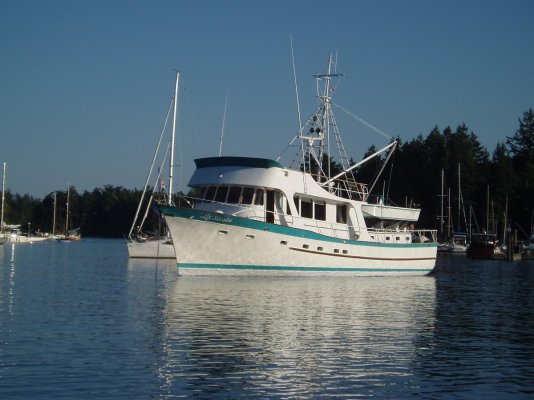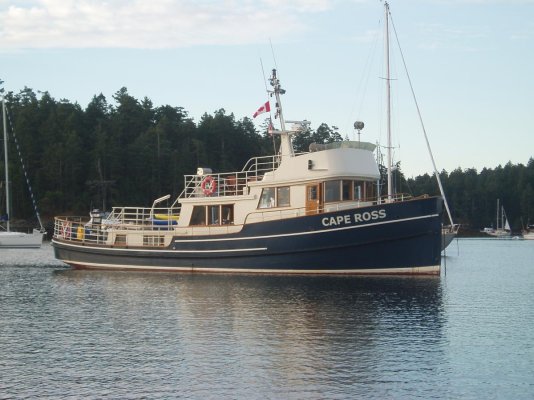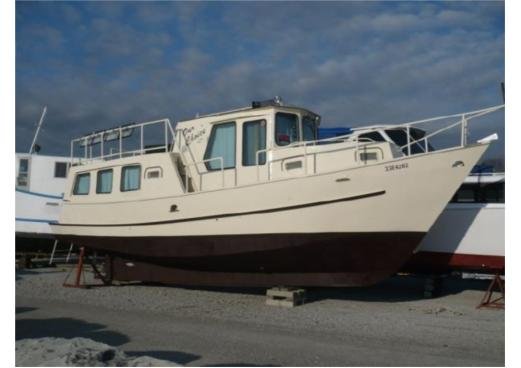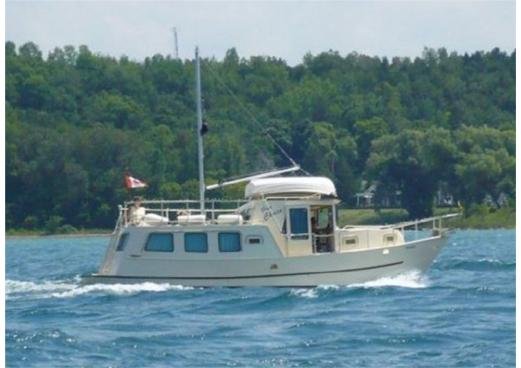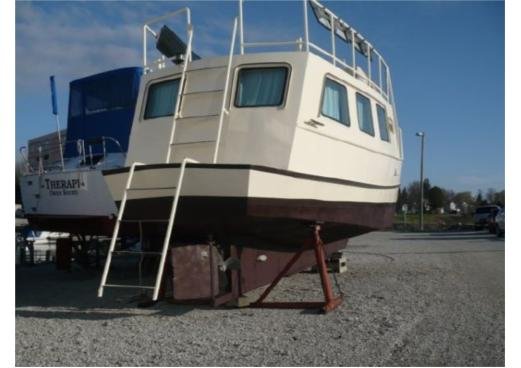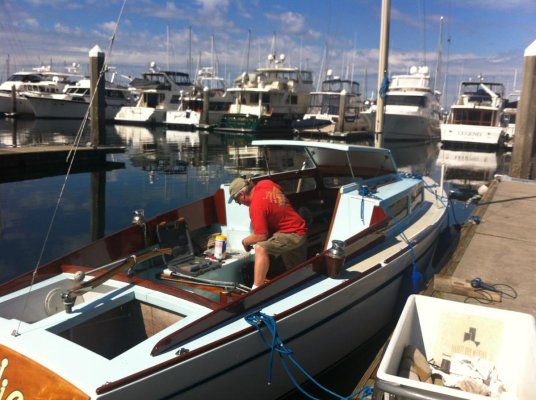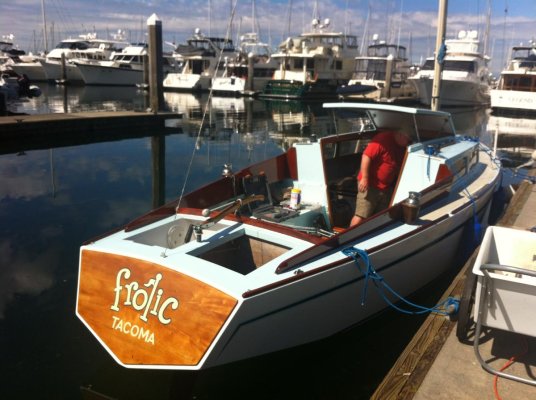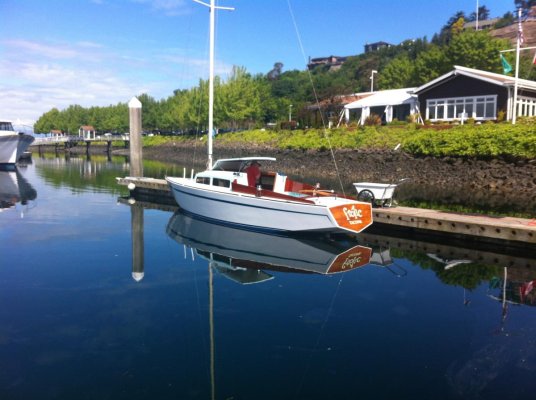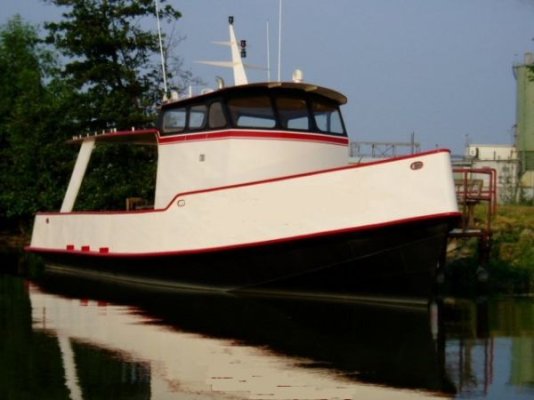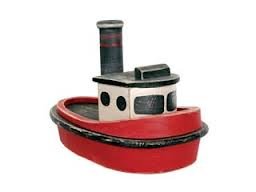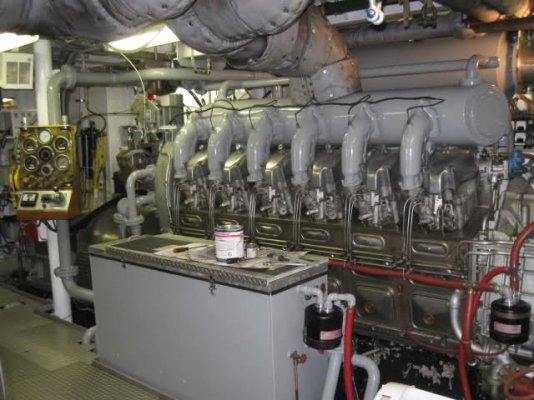Nomad Willy
Guru
Wow ...
She's got full hard cheeks almost like the Rough Water 58.
This is the boat of a man that knows what a really good boat is and settles for nothing less. I did that w Willy (assuming I knew what a really good boat was) and now I wish I'd compromised. But if I had ..... what would I have to choose from? A hint ... It would probably be wood.
TAD,
I'll bet you've got at least a years worth of interesting boat images. I'm about out so please don't stop. I say that as most everything you post is in such good taste and can rarely be seen in everyday wanderings by the likes of me. And I'll bet I'm far from alone.
She's got full hard cheeks almost like the Rough Water 58.
This is the boat of a man that knows what a really good boat is and settles for nothing less. I did that w Willy (assuming I knew what a really good boat was) and now I wish I'd compromised. But if I had ..... what would I have to choose from? A hint ... It would probably be wood.
TAD,
I'll bet you've got at least a years worth of interesting boat images. I'm about out so please don't stop. I say that as most everything you post is in such good taste and can rarely be seen in everyday wanderings by the likes of me. And I'll bet I'm far from alone.


